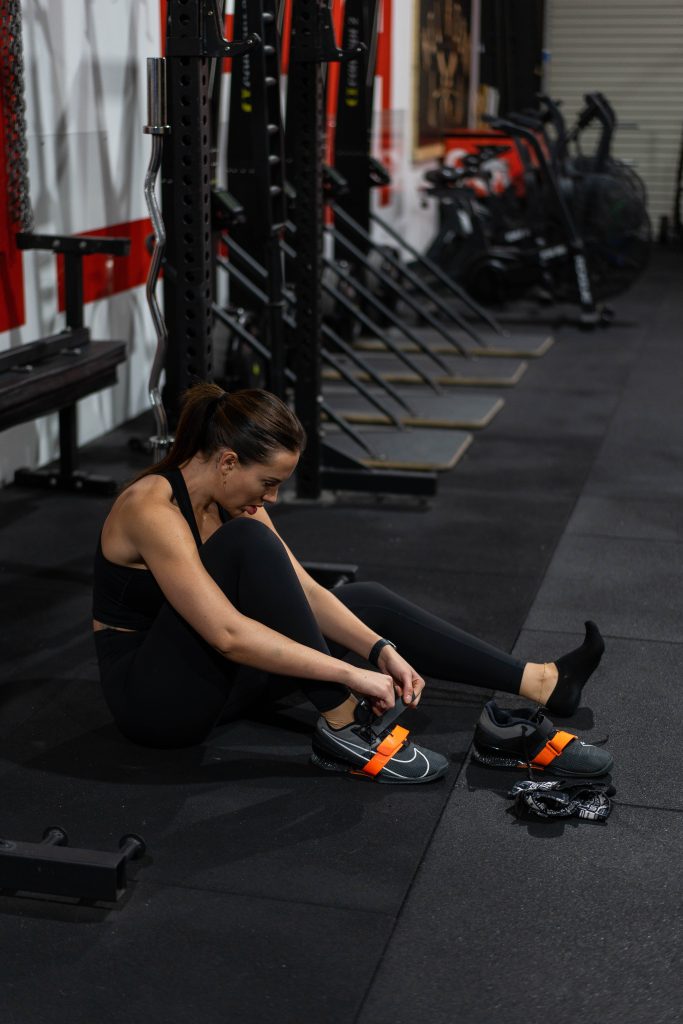
Eating for Energy: Nutrition Hacks for Personal Training
Eating for Energy: Nutrition Hacks for Personal Training Eating the right foods at the right times can significantly boost your energy levels and enhance your

It’s simple to fall into the trap of thinking that more is always better in the pursuit of our athletic and fitness goals. In the name of advancement, we subject our bodies to extreme strain by participating in rigors workouts and training sessions. But in our constant quest for development, we frequently forget about recovery, which is essential to our general wellbeing. Here comes active recovery, a theory that blends exercise, rest, and renewal to maximise performance and guarantee long-term success. In order for you to incorporate active recovery into your workout regimen and reach your maximum potential, we will examine the advantages of and techniques for doing so in this blog post.
What is Active Recovery?
Active recovery is the term used to describe engaging in low-intensity exercise or physical activity that is intended to speed up the recovery process following challenging workouts or training sessions. Active recovery encourages circulation, lessens muscle discomfort, and aids in restoring the body’s physiological balance, as opposed to passive recovery, which entails total rest. It entails soft motions, mild exercises, and approaches that concentrate on certain muscle groups or encourage general relaxation.
Benefits of Active Recovery:
1. Enhanced circulation: Low-impact exercises increase blood flow, which helps your muscles receive oxygen and vital nutrients. Increased circulation aids in the removal of metabolic waste products, which lowers inflammation and speeds up healing.
2. Reduced muscle soreness: Active recovery helps remove lactic acid and other waste products built up after vigourous exercise, which can lessen pain and stiffness in the muscles.
3. Injury prevention: By preserving joint mobility, improving flexibility, and addressing muscle imbalances, active rehabilitation can help you avoid injuries.
4. Mental restoration: Active recovery offers a mental respite in addition to benefits to your physical health. It helps ease tension, elevate mood, and increase general mental clarity, enabling you to approach subsequent workouts with a renewed perspective.
5. Long-term performance improvement: By allowing you to sustain high-quality workouts over time, consistent active recovery sessions prevent overtraining, encourage consistency in your training programme, and ultimately increase long-term performance.
Strategies for Effective Active Recovery:
1. Low-impact aerobic activities: To raise your heart rate and increase circulation without putting too much strain on your joints, try brisk walking, light running, cycling, or swimming.
2. Mobility and flexibility exercises: To enhance joint mobility, promote flexibility, and relieve muscle tension, practise stretching, yoga, or Pilates exercises.
3. Foam rolling and self-myofascial release: Release knots and trigger points in your muscles using a foam roller or other self-massage equipment to speed up muscle recovery and lessen discomfort.
4. Active stretching: Improve range of motion by including dynamic stretching exercises that incorporate controlled movements to get your body ready for future sessions.
5. Mind-body activities: Investigate stress-reduction methods that can aid in mental and physical recovery, such as Tai Chi or meditation.
6. Active recovery workouts: Exercise lightly and with low impact, such as bodyweight exercises, light resistance training, or gentle yoga movements.
Active recovery should be prioritised as a crucial component of your exercise regimen because it can greatly improve your wellbeing and overall performance. You can enhance circulation, reduce muscular discomfort, prevent injuries, and enjoy mental renewal by using low-impact workouts, mobility drills, and relaxation techniques. Keep in mind that rehabilitation is just as important as exercise. So, take good care of your body and use the power of active recovery to reach your full potential.
Share on Social Media:

Eating for Energy: Nutrition Hacks for Personal Training Eating the right foods at the right times can significantly boost your energy levels and enhance your

Combining Functional Fitness with Other Training Styles Functional fitness trains your muscles to work together and prepares them for daily tasks by simulating common movements